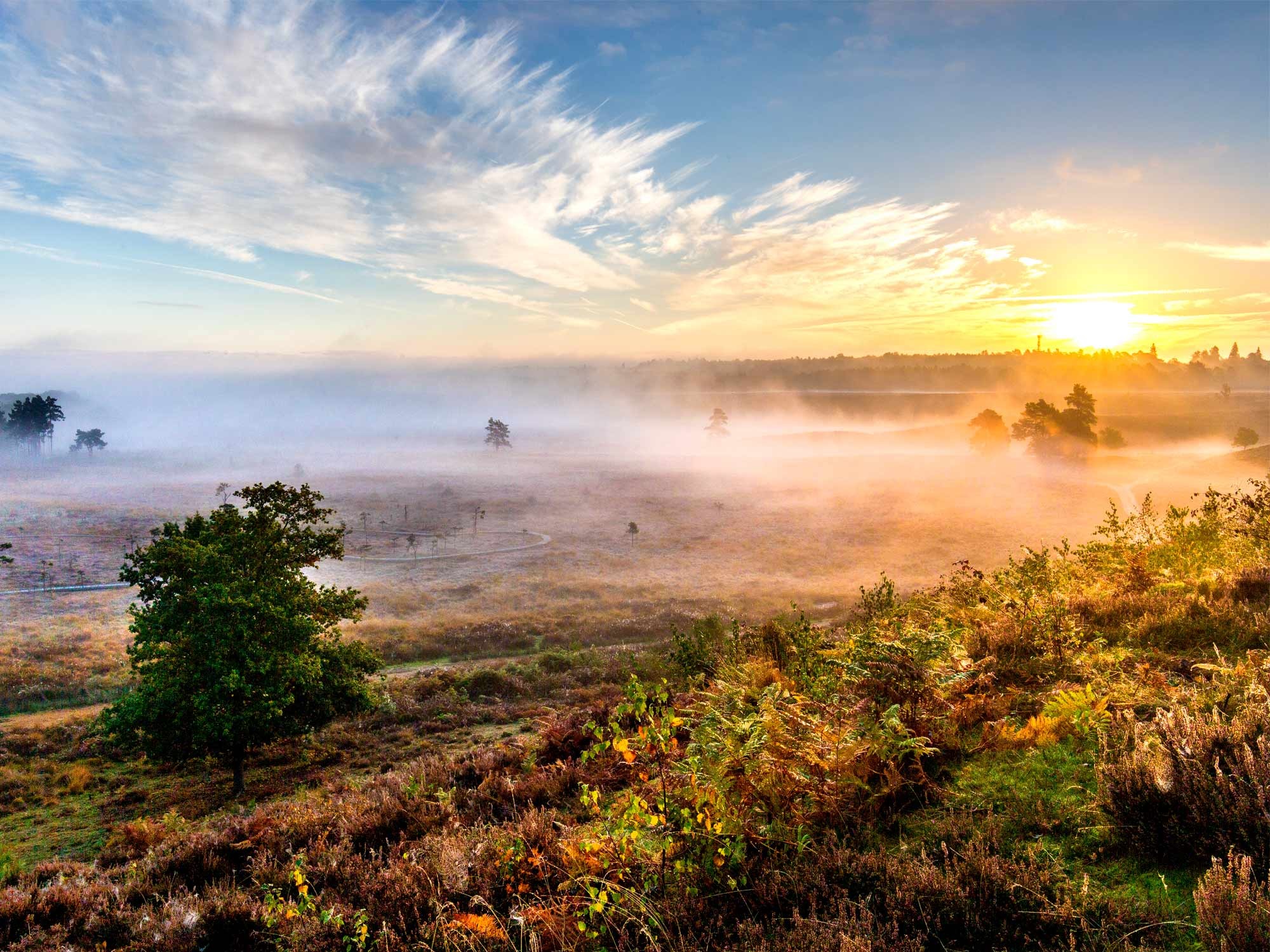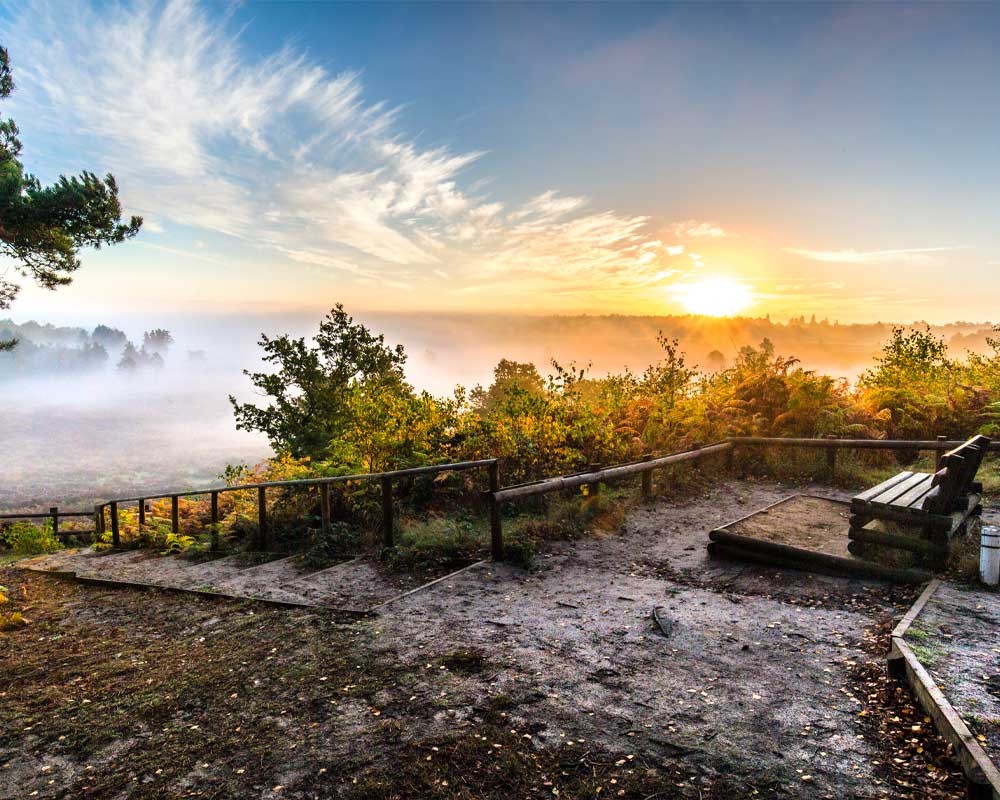
The enduring beauty of Dersingham Bog
There are very few areas of true wilderness left in west Norfolk, but at Dersingham you can find three very different habitats, a host of rare plants and animals, and a tribute to a famous country and western star
It sounds like a question from a quiz show - what links one of the most famous country and western artists of all time with one of the few remaining areas of wilderness in west Norfolk?
The answer lies with the wooden bench that offers fantastic views over Dersingham Bog and is dedicated to John Denver. It was installed in 2006 by the Friends of John Denver, and although there’s no record of the singer/songwriter ever having visited west Norfolk on one of his many UK tours he was certainly interested in environmental issues and sustainable living.
Part of the Sandringham estate, Dersingham Bog covers almost 400 acres and its importance can be gauged by its status as a Site of Special Scientific Interest, a Grade II National Nature Reserve, a Geological Conservation Review site and a Nature Conservation Review site. For good measure, it’s also part of the Norfolk Coast Area of Outstanding Natural Beauty.
Sitting on a massive 150 million-year-old rock formation known as the Dersingham Formation, which has been important in understanding the geology of the region, Dersingham Bog actually comprises three distinct habitats - mire, heath and woodland.
It’s from the mire that Dersingham Bog gets in unflattering name. A type of wetland that can be fen, bog, marsh or swamp depending on its location, and the one at Dersingham receives most of its water from the sky - which makes the acidic, invariably waterlogged and generally nutrient-poor environment a bog.
Despite the unattractive appellation, Dersingham Bog offers plenty of excellent walks, some genuinely stunning views, and is home to many rare plants. Here you’ll find the carnivorous sundew plant and the pretty bog asphodel - the eating of which was traditionally thought to give sheep brittle bones.
It’s also home to a number of rare insects - keep your eye out for the Black Darter (never longer than 30mm it’s Britain’s smallest native dragonfly) and the Light Knot Grass moth - and if you visit in the evening there’s even a good chance of seeing glow-worms.
To one side you’ll find a steep slope, which marks the original line of the coastline - it’s here that Dersingham Bog’s dry heath and woodland are located.
Again, these lovely habitats are home to a wide range of wildlife. If you’re quiet you’ll often spot deer (roe, fallow and muntjack) and birdwatchers can be treated to long-eared owls, sparrowhawks and nightjars - which are the least seen birds in the whole country according to a recent survey.
And as you sit on the ‘John Denver’ bench and take in the glorious landscape in front of you it’s hard not to recall the words of the singer’s most famous song Country Roads, which was released in 1971:
Life is old there, older than the trees,
Younger than the mountains,
Growing like a breeze,
Country roads, take me home,
To the place I belong…
All of Dersingham Bog is open access and there are many well-marked routes to help visitors explore this beautiful natural wilderness. There are two free car parks at Wolferton and Scissors Cross - both of which can be found on the road to Wolferton off the A149.




